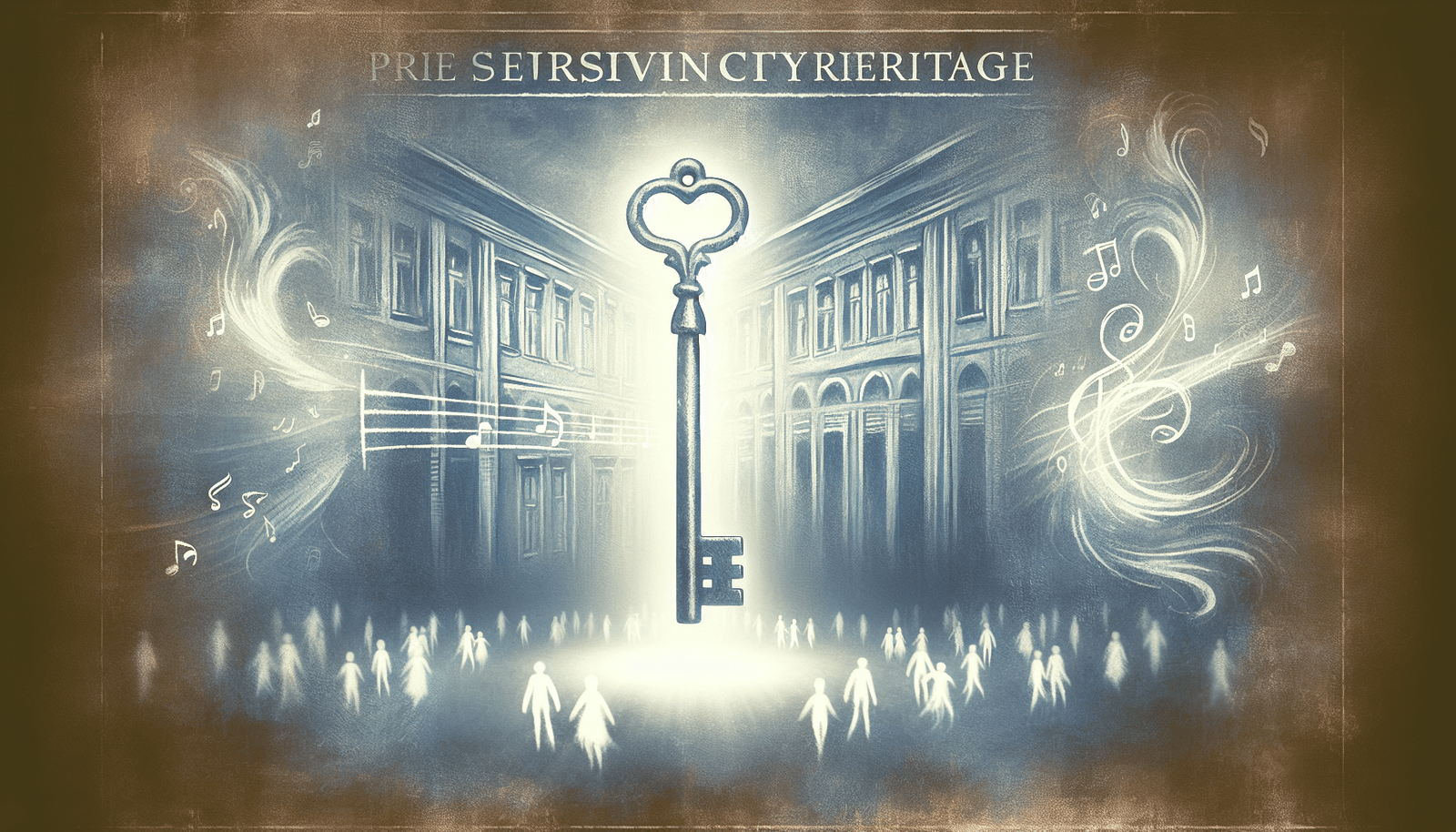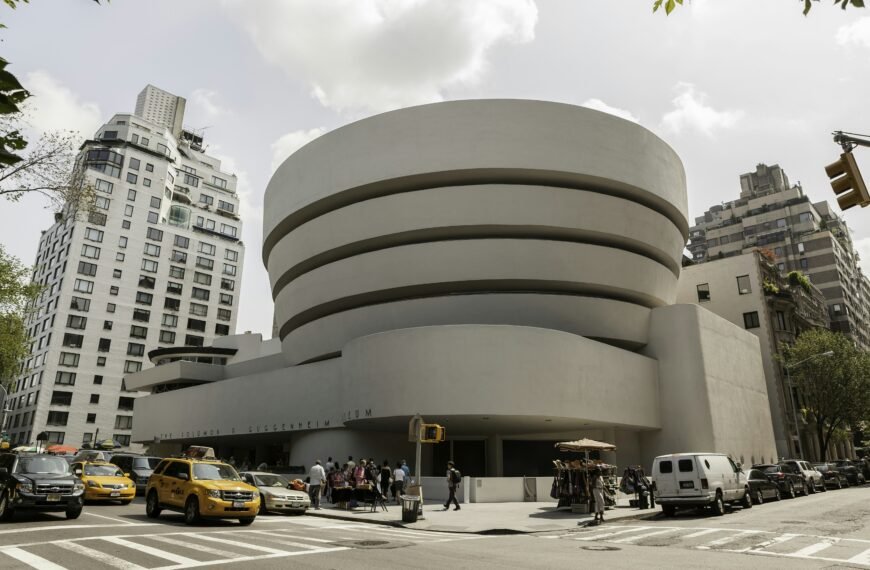How Can We Save the Best Parts of Our Cities?
Understanding the Concept of ‘Intangible Heritage’
Have you ever thought about what makes a city truly unique and special? Beyond just the buildings and landmarks, there is something called ‘intangible heritage’ that plays a crucial role in shaping the identity of a place. From cultural traditions to social practices, these intangible elements hold the key to preserving the soul of a city. In this article, we will explore the concept of intangible heritage and how cities decide what to preserve for future generations.
Preserving What Matters Most to People
When we think about preserving the best parts of our cities, what comes to mind? Is it the historic buildings, the bustling streets, or the vibrant cultural scene? While these physical elements are undoubtedly important, the intangible aspects of a city are equally valuable. A gay bar, a local bookstore, the salty sea breeze – these are the things that give a city its character and charm. By learning to preserve what matters most to people, we can ensure that our cities retain their unique identity and sense of place.
The Case of the Stonewall Inn
Let’s take a closer look at the case of the Stonewall Inn in Greenwich Village, New York City. Before it became a historic landmark, Stonewall was just a rundown bar with a tumultuous past. Despite its less-than-glamorous origins, Stonewall played a pivotal role in the LGBTQ rights movement when patrons fought back against a police raid in 1969. This uprising eventually led to the recognition of Stonewall as a National Historic Landmark, highlighting the importance of preserving sites with cultural significance.
The Significance of Landmark Designations
So, what exactly does it mean when a place is designated as a landmark? Contrary to popular belief, being a landmark doesn’t just mean that a building is old or architecturally significant. It goes beyond physical attributes to encompass the cultural and historical value of a place. For Stonewall, its landmark status ensures that the building’s facade and features are protected from alterations without approval. This recognition acknowledges the site’s role in history and its ongoing significance to the LGBTQ community.
The Complexity of Preservation
As we delve deeper into the world of preservation, we realize that it is a complex and multifaceted endeavor. In addition to protecting physical structures, we must also consider the intangible elements that make a place special. How do we strike a balance between safeguarding history and allowing for growth and change? This delicate dance requires careful planning, community involvement, and a deep understanding of what makes a city truly unique.
The Role of Communities in Preservation
At the heart of preservation efforts are the communities that call these places home. Whether it’s local residents, business owners, or cultural organizations, community involvement is essential for successful preservation projects. By engaging with stakeholders and listening to their concerns, cities can develop preservation strategies that resonate with the people who know these places best. After all, preserving the best parts of our cities is not just about preserving the past – it’s about building a future that honors our shared heritage.
Looking Towards the Future
As we navigate the complexities of preserving our cities’ intangible heritage, one thing is clear: the future of our urban landscapes depends on how we choose to protect and celebrate what makes them special. By recognizing the importance of intangible heritage, engaging with local communities, and embracing a holistic approach to preservation, we can ensure that the best parts of our cities continue to thrive for generations to come. So, what can you do to help save the best parts of our cities? The answer lies in understanding, appreciation, and action. Let’s work together to preserve the soul of our cities and create a brighter future for all.








